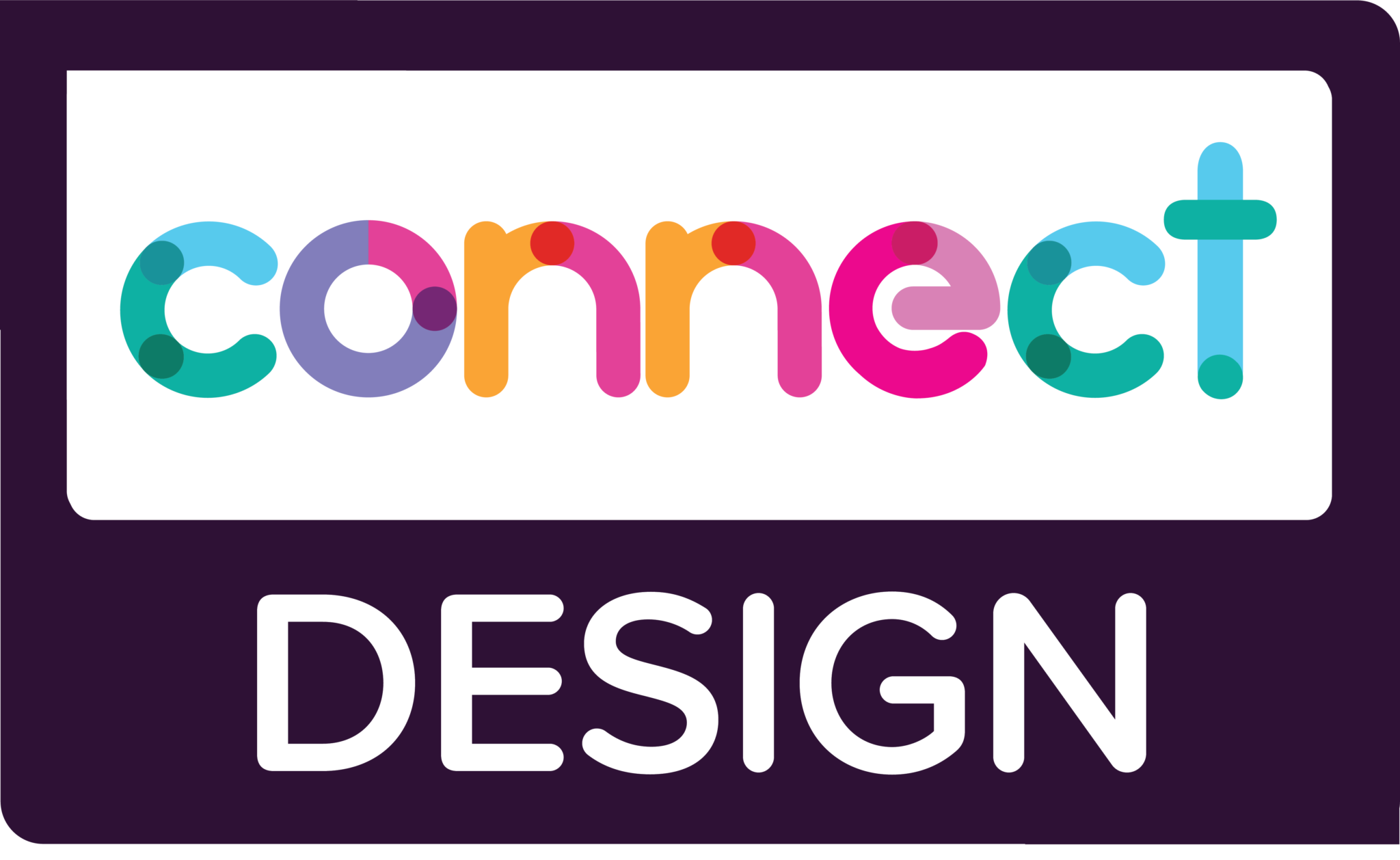 In this series of posts we look at how we can support pupils who struggle with writing and look at some resources and ways of working that could be used with a range of ages. In this post we consider general solutions, in further posts we will look at how some specific solutions could be appropriate for different writing and presentation tasks at various age groups.
In this series of posts we look at how we can support pupils who struggle with writing and look at some resources and ways of working that could be used with a range of ages. In this post we consider general solutions, in further posts we will look at how some specific solutions could be appropriate for different writing and presentation tasks at various age groups.
Some students struggle with writing. There are varied reasons for this, for some it is the physical processing of letter formation, while others have issues with spelling, phonological processing or a visual disturbance such as Scotopic Sensitivity that affects how print appears on the page, or a combination. Whatever the reason, students generally know what they want to say, they need an alternative to help them produce the output.
An alternative, accessible recording strategy, is one which works for the pupil in a variety of contexts. The idea of making something accessible is to remove or overcome the thing that hinders someone from taking part effectively. Pupils can become demotivated about writing and place themselves into a ‘Can’t Write, Won’t Write’ mentality. A coping strategy that pupils can employ is to reduce the vocabulary in their written work as a way of trying to reduce the length of what they write, when they can verbally use a broader vocabulary.
Looking for a solution, or perhaps more than one, depends on the nature of the writing task, purpose, context and location. While there are an increasing number of electronic aids, apps and tools available that can enable any pupil to record and demonstrate learning or to share ideas, the tech is really secondary to stimulating and generating vocabulary. This can be done through talking about relevant visual or concrete stimuli, from objects to art work, film clips or music. Given that time has been made to help pupils generate the language they need, the following summary ideas are a few that we will look at a little more in subsequent posts:
- Talking pictures. Children and young people of any age can use simple or more complex age-appropriate apps to record ideas via audio recording, as well as annotation, or a combination of both. This can mix real-life sensory, concrete objects and technology.
- Audio Notetaking and Transcription. From a human scribe to the latest version of voice recognition software, or other apps for tablets that also offer a transcription services, there are applications which will transcribe voice into typed text, including recorded audio from a digital recording.
- Analogue to Digital note taking. For short immediate notes, doodles and sketches created by hand, can be digitised onto an iPad instantly.
- Word Prediction. From accessibility settings on tablets that provide limited word prediction, to cross-platform apps that offer full text to speech feedback and custom dictionaries for subjects, there are various good to excellent quality computer and tablet applications that enable pupils to type extended pieces, with or with picture or symbol support.
- Mind Mapping and Sketch Noting. The former is a well-known and attested method which follows a structure for planning, organising and converting associated key words and ideas into a document structure. From Kidspiration type applications for primary / Elementary ages, through to Mind View for University level students there is an app for computer / web or tablet that would suit every preference. The latter, Sketch noting is a more free-style form of note taking, usually hand drawn, but can be done on a tablet in where the student draws simple doodles with key phrases and words rather than make linear bullet pointed notes.
- Presentation. A plethora of apps, from the office standard Power Point, or Key Note, through to Prezi. For tablets, ShowMe, Explain Everything and similar also allow for multimedia, app-smashing presentations in which students can present content audio-visually to demonstrate understanding, create persuasive arguments and engaging subject-related content.
In the next article – Words and Pictures
